Best iPhone 2023: every available Apple smartphone compared
How to pick your perfect Apple handset

Picking the best iPhone used to be easy: you just had to choose the colour and the storage capacity. It was guaranteed to be among the best smartphones on sale. Things are not so simple now.
From Mini to Plus to Pro to Pro Max, Apple’s flagship phones ship in more variants than ever before. And just to muddy the waters further, the mobile maker still sells a few of its former headline handsets from previous generations, as well as the entry-level SE for buyers on a budget.
And that’s before you get to the recently announced iPhone 15 and iPhone 15 Pro. We’ll be reviewing them soon and adding them to this guide in due course.
So there’s an Apple smartphone for everyone. The tricky thing is knowing how to pick it. Not sure where to start? To help you decide, we’ve set out the good, the bad and the things to note about the key iPhone models currently available to buy from Apple.
For a more detailed look at the iPhone 14 models, check out our guide to the iPhone 14 models. Or check out the iPhone 13 models instead.
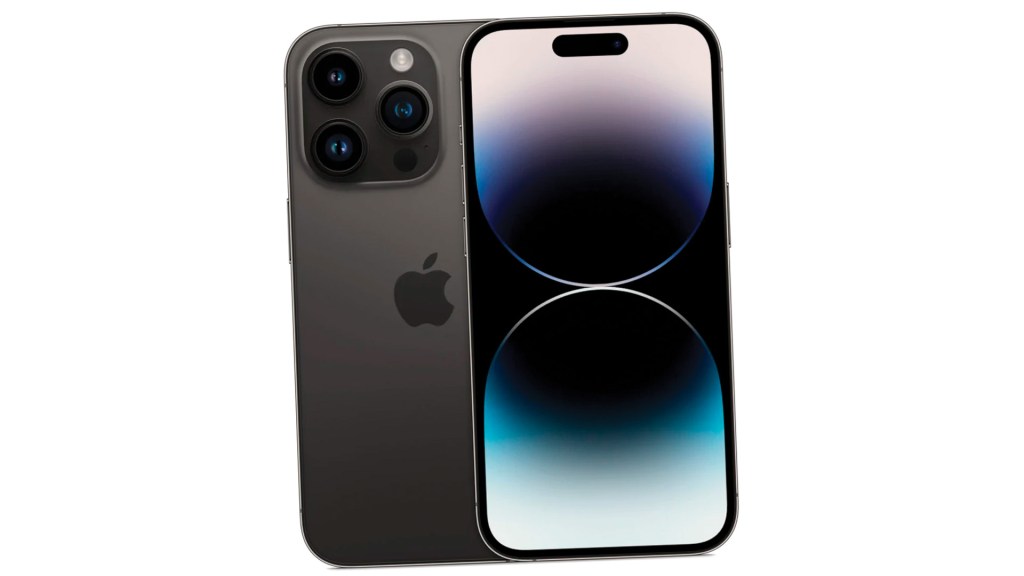
1. iPhone 14 Pro (2022)
| iPhone 14 Pro specs | |
|---|---|
| Display | 6.1in Super Retina XDR OLED, 120Hz, 1179 x 2556 pixels |
| Processor | Apple A16 Bionic |
| Memory | 6GB RAM |
| Storage | 128GB, 256GB, 512GB, 1TB |
| Software | iOS 16 |
| Camera | 48MP+12MP+12MP (rear) 12MP (front) |
| Dimensions | 147.5 x 71.5 x 7.9 mm, 206 g |
You’d expect a lot from the iPhone 14 Pro. You’d want a competitor-crushing display, a powerful chip, and a camera that could feasibly shoot the next Avatar movie. For the most part, the iPhone 14 Pro really does pack a lot into its expensive frame.
Textures and detail when taking snaps are impressive, and have improved on the already stellar camera offering the iPhone 13 Pro gave us. The device also comes with Action mode, a new for iPhone 14 camera feature that acts like a gimbal for in-motion filming (read all about it here). Open up the bonnet and you’ll find a host of upgrades. An A16 chip and boosted GPU memory makes the Pro Max run as smooth as silk. The battery life remains largely the same as the iPhone 13 Pro, though.
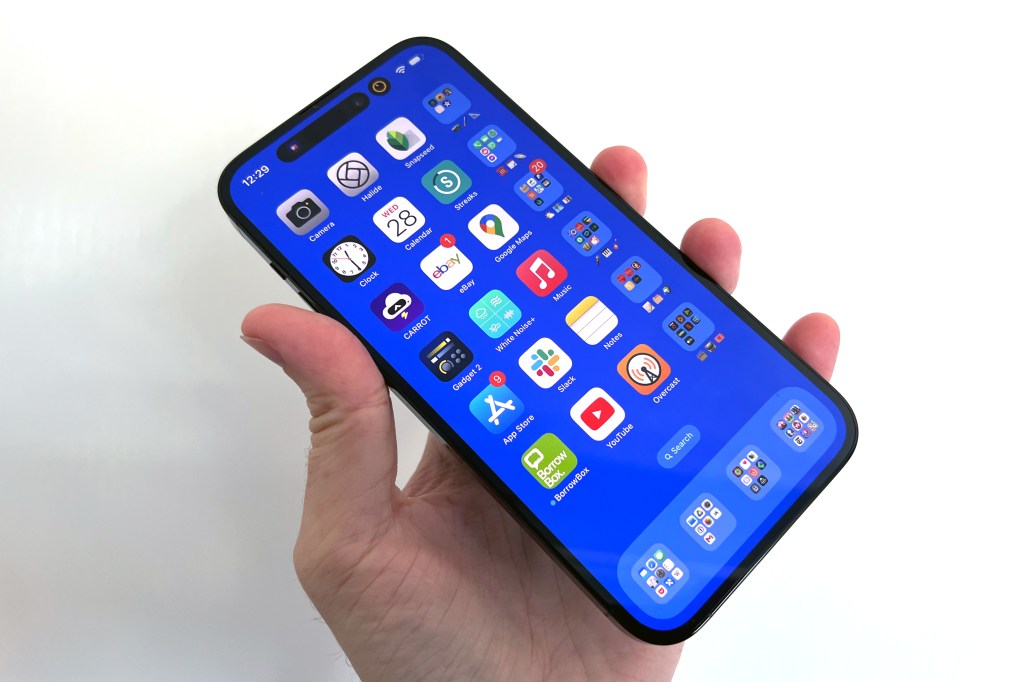
2. iPhone 14 Pro Max (2022)
| iPhone 14 Pro Max specs | |
|---|---|
| Display | 6.7in Super Retina XDR OLED, 120Hz, 1290 x 2796 pixels |
| Processor | Apple A16 Bionic |
| Memory | 6GB RAM |
| Storage | 128GB, 256GB, 512GB, 1TB |
| Software | iOS 16 |
| Camera | 48MP+12MP+12MP (rear) 12MP (front) |
| Dimensions | 160.7 x 77.6 x 7.9 mm, 240 g |
On paper, the Apple iPhone 14 Pro Max is the firm’s best phone. It moves things on with Dynamic Island, the always-on display and an impressive camera revamp – all of which further differentiate this most premium of phones from the standard iPhone. But it’s also big, heavy and expensive. The elephant in the room is the price hike in the UK and Europe while prices stay the same in the US.
Do the new features make the iPhone 14 Pro Max worth the cheddar? In truth, it depends. As we noted in our review last year, if you own an existing 13 Pro or Pro Max, then you should hang on to it. You’ll find little difference here. If you’re on a 12 Max or earlier, though, then there is enough in the iPhone 14 Pro Max to make it a worthwhile purchase.
- Read more: Apple iPhone 14 Pro Max review
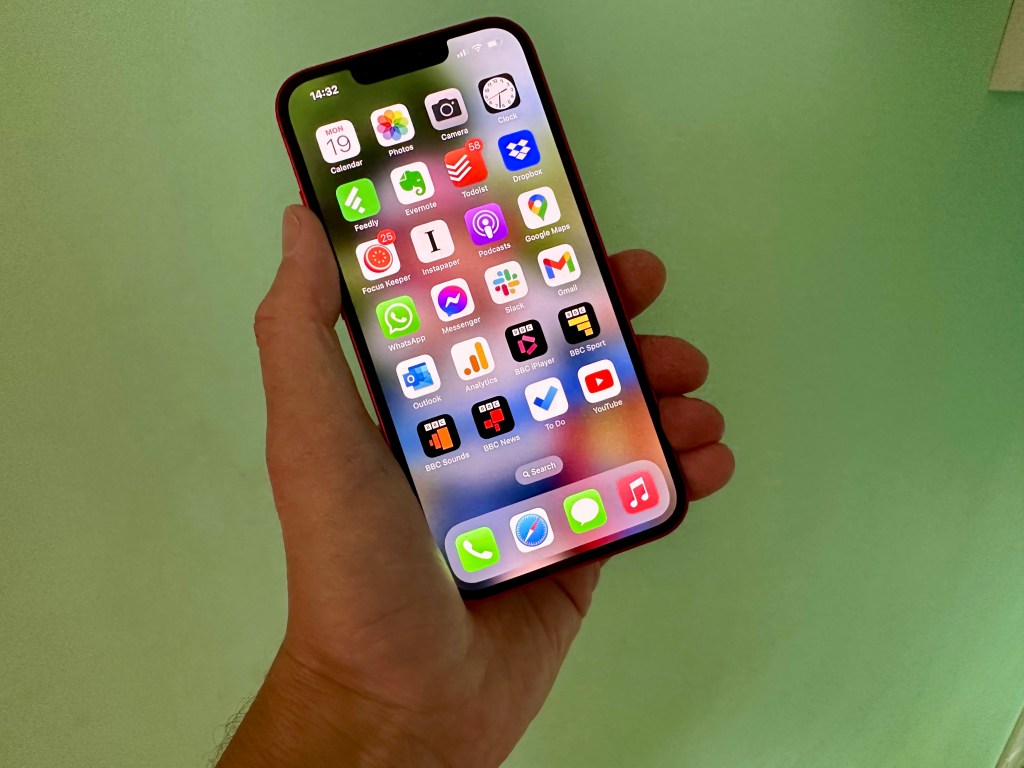
3. iPhone 14 (2022)
| iPhone 14 specs | |
|---|---|
| Display | 6.1in Super Retina XDR OLED, 1170 x 2532 pixels |
| Processor | Apple A15 Bionic |
| Memory | 6GB |
| Storage | 128GB, 256GB, 512GB |
| Software | iOS 16 |
| Camera | 12MP+12MP (rear) 12MP (front) |
| Dimensions | 146.7 x 71.5 x 7.8 mm, 172 g |
We’ll get the take home news out first. There is little of great note that distinguishes thew iPhone 13 from the iPhone 14, and it’s difficult to think of another annual iPhone update that’s added less ‘new’ to the package. There are a few enhancements. The cameras and battery are better, but it’s nothing to write home about. Some may say this would have been an opportune moment for Apple to move to USB-C, as it surely has to next year because of incoming EU legislation. Alas, that did not happen.
We think it’s only a must-upgrade if you’re on an iPhone 11 or earlier as the difference will be significant from those models. From 12 and 13? Not at all. There is also the argument that you might be better off trying to find a cheaper iPhone 13 instead of the 14.
All of those quite reasonable caveats don’t alter the key point – the iPhone 14 is a brilliant and highly capable phone that’s a formidable tool for anyone. But if you’re seeking a 2023 iPhone that really makes a break with the past, then you need the iPhone 14 Pro or Pro Max.
- Read more: Apple iPhone 14 review
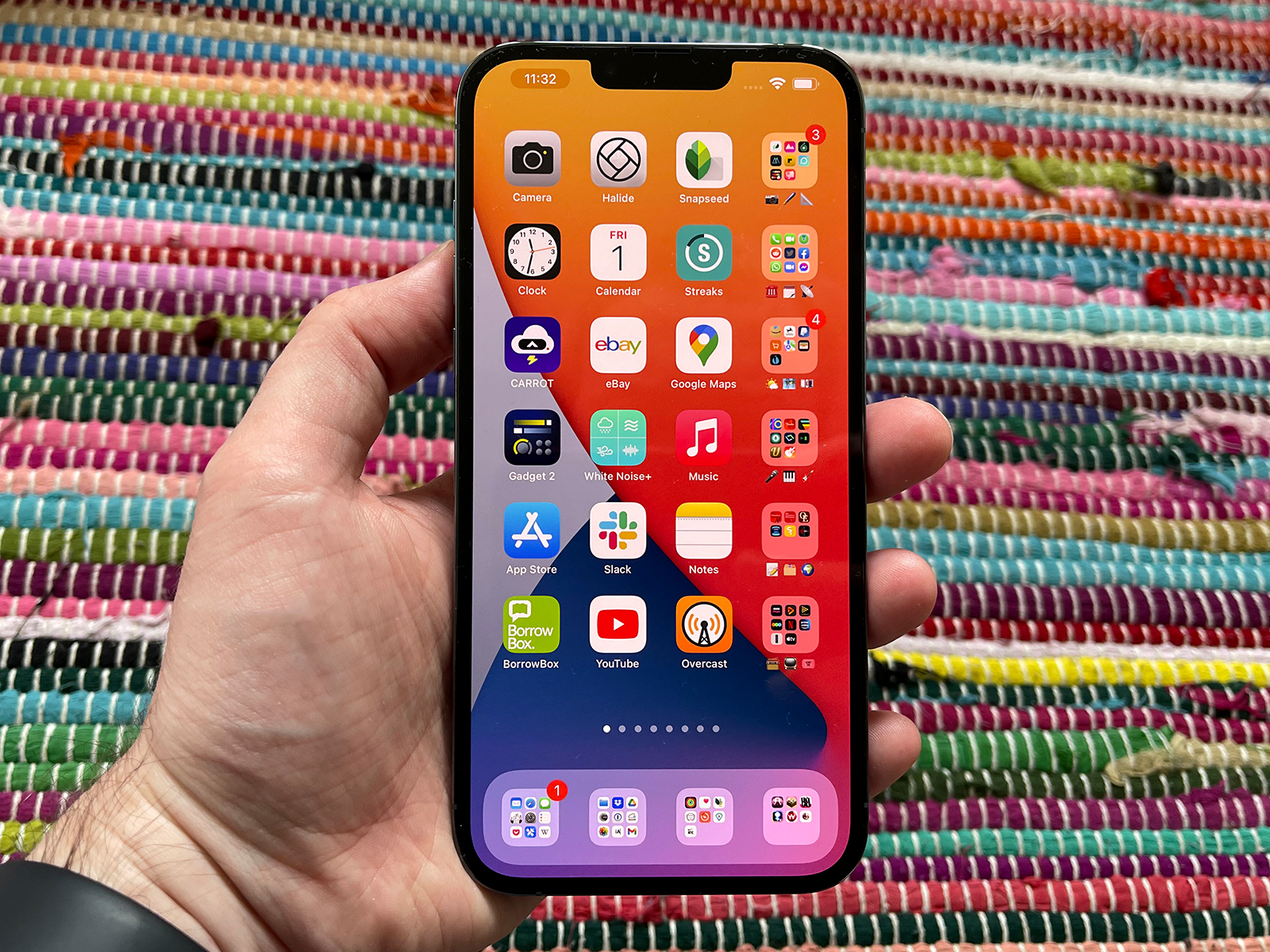
4. iPhone 13 Pro (2021)
| iPhone 13 Pro specs | |
|---|---|
| Display | 6.1in Super Retina XDR OLED, 120Hz, 1170 x 2532 pixels |
| Processor | Apple A15 Bionic |
| Memory | 6GB |
| Storage | 128GB, 256GB, 512GB, 1TB |
| Software | iOS 15 |
| Camera | 12MP+12MP+12MP (rear) 12MP (front) |
| Dimensions | 146.7 x 71.5 x 7.7 mm, 204 g |
To the untrained eye, both the iPhone 13 Pro and Pro Max are identical to their last-gen equivalents. But while the dimensions remain the same, subtle tweaks have taken place: the notch is slightly slimmer and the cameras are arranged diagonally. Not enough to tempt you? Don’t worry, there’s plenty more to play with.
You get deliciously slick 120Hz refresh rates on the 6.1in ProMotion display, outstanding performance from Apple’s A15 processor, plus new telephoto and macro photography skills from the revamped camera array (which also features larger pixels for better low-light results). Battery life is beefier than before, while the display is 25% brighter than on the previous generation.
While the iPhone 13 Pro is only now available through Apple resellers, we’re still including it in this list as we believe it’s the best all-rounder in Apple’s line-up. If you already own an iPhone 12 Pro, the grounds for upgrading are less clear-cut. But for anyone else, this is the best smartphone you can buy from Apple right now.
- Read more: Apple iPhone 13 Pro review
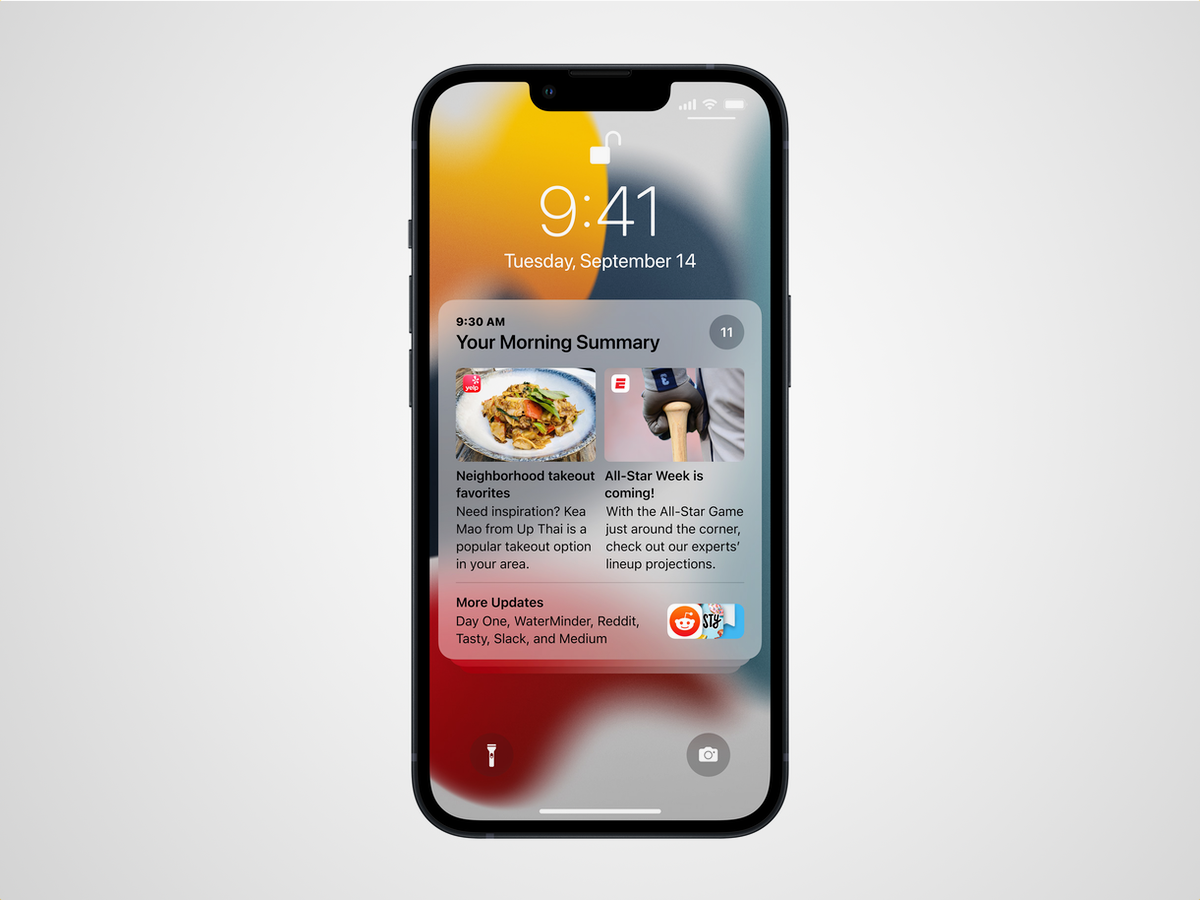
5. iPhone 13 (2021)
| iPhone 13 specs | |
|---|---|
| Display | 6.1in Super Retina XDR OLED, 1170 x 2532 pixels |
| Processor | Apple A15 Bionic |
| Memory | 4GB |
| Storage | 128GB, 256GB, 512GB |
| Software | iOS 15 |
| Camera | 12MP + 12MP (rear) 12MP (front) |
| Dimensions | 146.7 x 71.5 x 7.7 mm, 174 g |
Following the iPhone 12 was always going to be a tough act. And while the iPhone 13 offers several technical improvements over its predecessor, for most people the previous generation (see below) represents better value. And besides a slightly wider notch, it also looks identical.
Still, if you simply have to have the latest model, the 13 is no bad handset: you get top-notch performance from the A15 Bionic chip, along with longer battery life, a brighter screen and twice as much storage as standard. Larger pixels also mean the iPhone 13 can take better photos.
So the changes are all incremental. That doesn’t mean the iPhone 13 isn’t an excellent phone. Far from it: if you’re buying your first Apple handset, you’ll find very little to be disappointed about. But there are fewer compelling reasons to make the switch from the iPhone 12 – and if you’re looking to save a bit, that’s the way to go.
- Read more: Apple iPhone 13 review
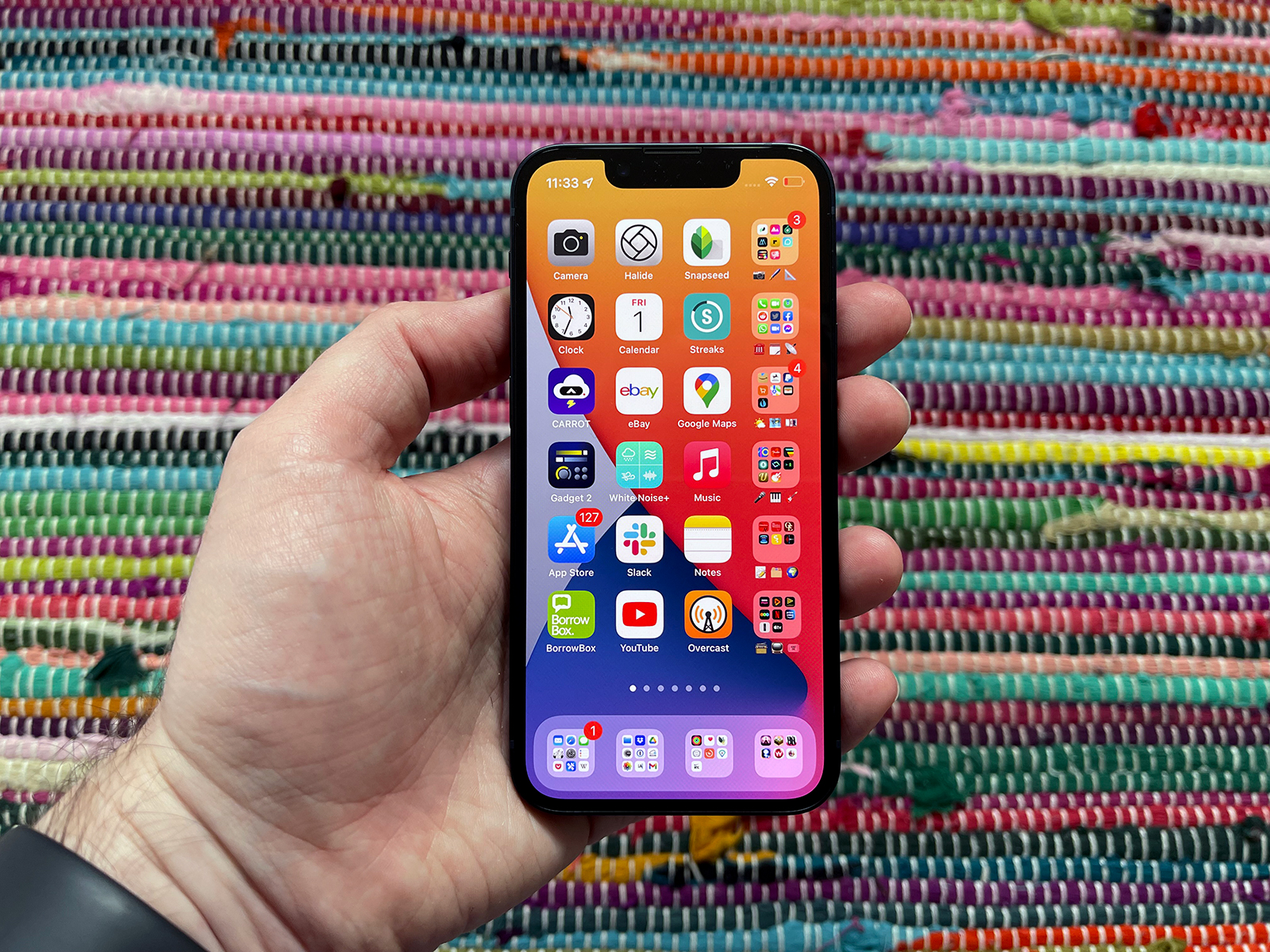
6. iPhone 13 Mini (2021)
| iPhone 13 Mini specs | |
|---|---|
| Display | 5.4in Super Retina XDR OLED, 1080 x 2340 pixels |
| Processor | Apple A15 Bionic |
| Memory | 4GB |
| Storage | 128GB, 256GB, 512GB |
| Software | iOS 15 |
| Camera | 12MP + 12MP (rear) 12MP (front) |
| Dimensions | 131.5 x 64.2 x 7.7 mm, 141 g |
Outwardly identical (but for a bigger camera bump), the iPhone 13 Mini is the spitting image of its compact predecessor. That means it’s also a more pocketable option for those who want flagship performance that doesn’t dwarf their paws.
The second-gen variant is cleverly priced but it doesn’t revolutionise the form factor. Instead, it nets you better battery life and improved cameras, including larger pixels and optical image stabilisation from the iPhone 12 Pro Max. The most recent Mini also deploys Apple’s A15 processor for boundless power and performance.
Any niggles are simply things that haven’t changed from the previous edition: the notch remains annoying, there’s no Touch ID and it can be a little fiddly to use (which is partly the point). If you’d like a more compact Apple smartphone that’s still a portable powerhouse, there’s nothing else quite like it.
- Read more: Apple iPhone 13 Mini review
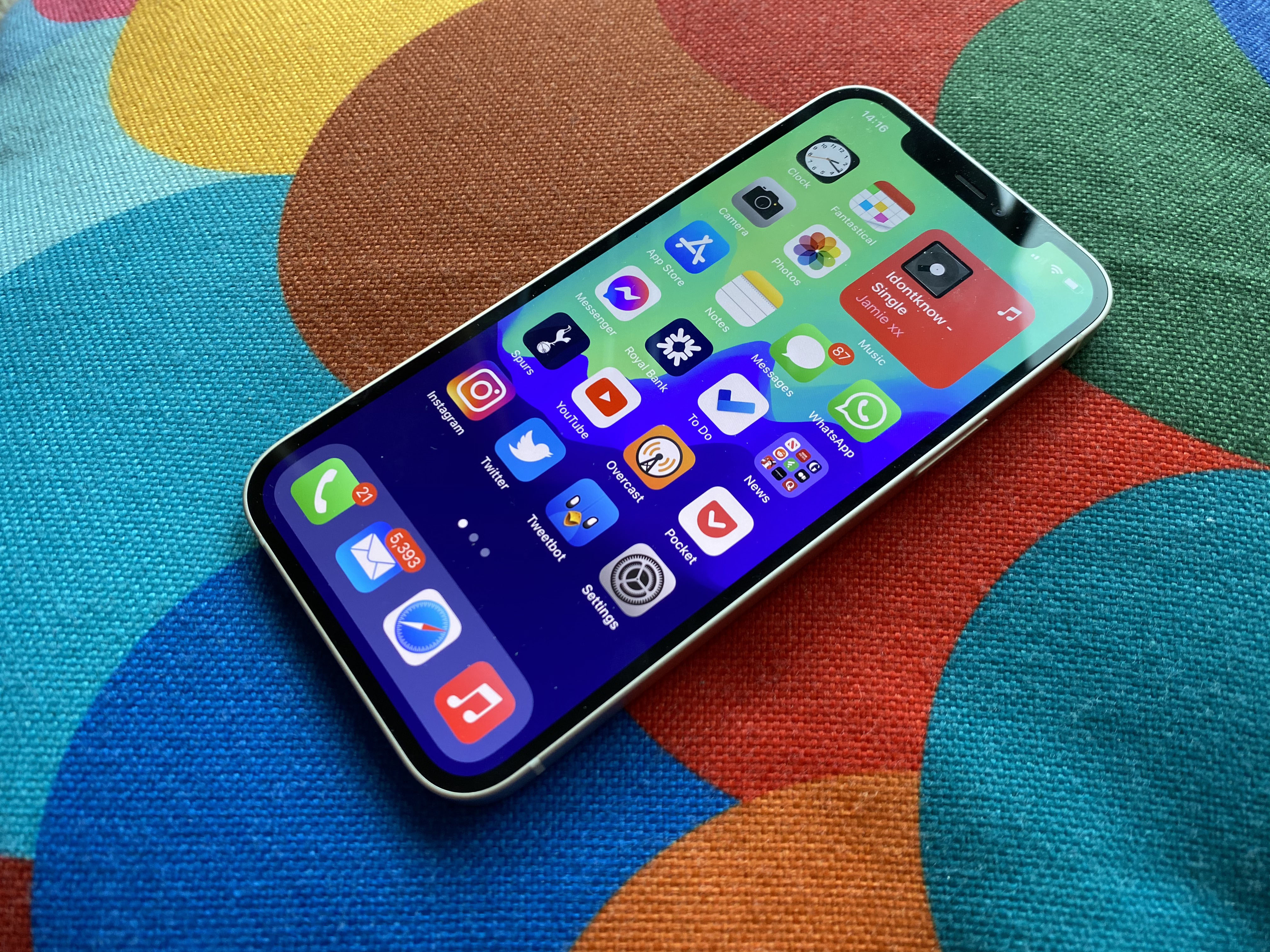
7. iPhone 12 (2020)
| iPhone 12 specs | |
|---|---|
| Display | 6.1in Super Retina XDR OLED, 1170 x 2532 pixels |
| Processor | Apple A14 Bionic |
| Memory | 4GB RAM |
| Storage | 64GB, 128GB, 256GB |
| Software | iOS 14.1 |
| Camera | 12MP + 12MP (rear) 12MP (front) |
| Dimensions | 146.7 x 71.5 x 7.4 mm, 164 g |
The iPhone 12 is the oldest model you can still officially buy from Apple, but when it was new it was our pick from among its contemporaries. With the same display, processor and 5G connectivity as the 12 Pro, as well as much of the same camera tech, it was a very easy device to recommend to most people. And that was when it cost more than you can buy it for now.
A year later and £120 cheaper, it remains the Apple handset which offers the best blend of value and performance. Its notch may be bigger and its lenses vertically aligned, but the iPhone 12 is otherwise identical to its successor – meaning it’s a slim and beautiful sliver of aluminium. Plus it packs a vibrant OLED display with the same resolution.
Yes, the iPhone 13 takes better photos with its larger pixels. It also lasts a bit longer, shines a bit brighter and runs a bit faster (thanks to Apple’s A15 chip). But while those evolutionary improvements make it technically better, they probably don’t justify the price hike for most people. The 12 is still a very appealing option.
- Read more: Apple iPhone 12 review
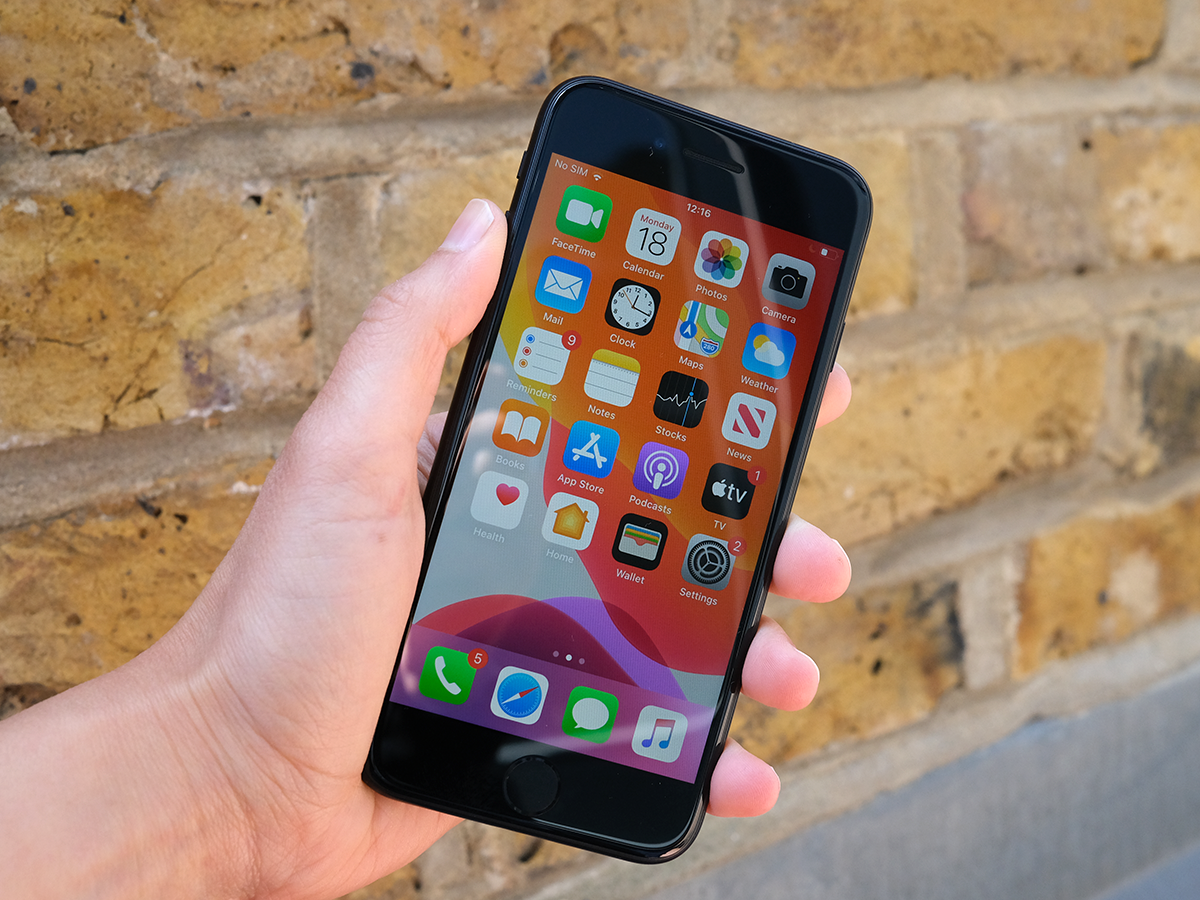
8. iPhone SE (2022)
| iPhone SE specs | |
|---|---|
| Display | 4.7in Retina IPS LCD, 750 x 1334 pixels |
| Processor | Apple A15 Bionic |
| Memory | 4GB |
| Storage | 64GB, 128GB, 256GB |
| Software | iOS 15.4 |
| Camera | 12 MP (rear) 7MP (front) |
| Dimensions | 138.4 x 67.3 x 7.3 mm, 144 g |
A minor upgrade for Apple’s entry-level option, the third-gen SE is still styled like an iPhone 8 – complete with a dated 4.7in LCD display, plus chunky bezels above and below. Security continues to be handled by a Touch ID sensor in the Home button and the shell remains an aluminium and glass affair, although the back panel is tougher than before.
Inside is Apple’s A15 Bionic chip – shared with the iPhone 13 – which gives the updated SE plenty of power to zip through apps, games and imaging tasks. The camera kit is still limited to a single 12MP sensor on the rear, but that fresh silicon translates into computational improvements, including support for Smart HDR 4, Live Text content detection and improved low-light video.
Apple has thankfully addressed one of the biggest drawbacks of the second-gen model: battery life. The latest SE is good for up to 15 hours of video playback. Also new is support for 5G, which brings the cheapest iPhone’s connectivity bang up to date.
Provided you don’t mind the overfamiliar form factor and mediocre display, the SE offers a lot of handset for the cash – especially if you’re upgrading from an iPhone 8 or earlier.
Now check every iPhone, ever, in the history of iPhone, ranked in order of greatness.



